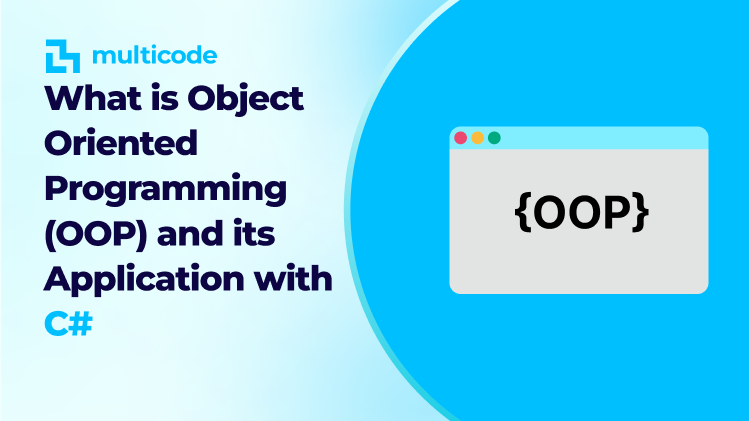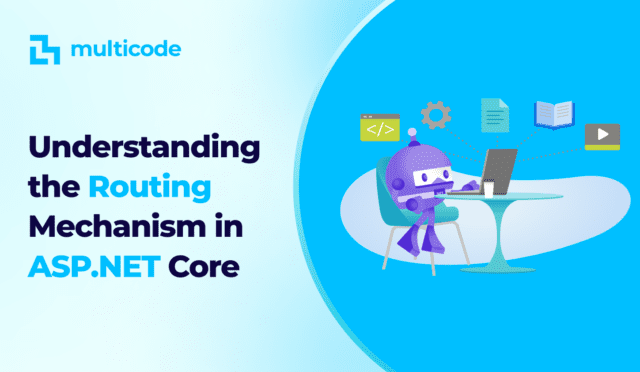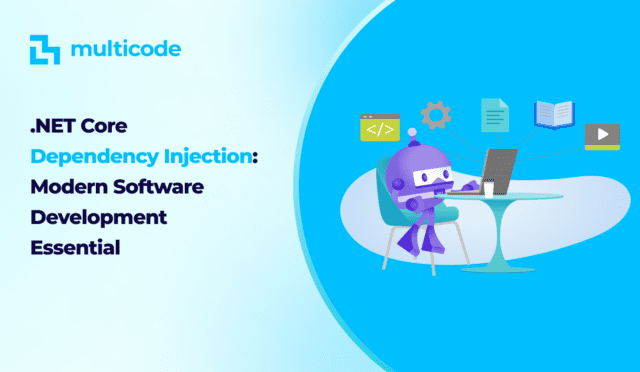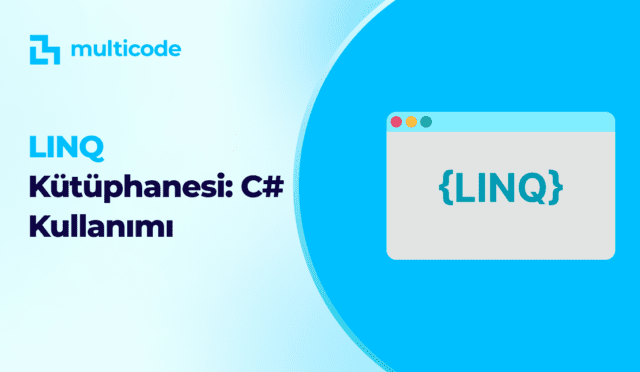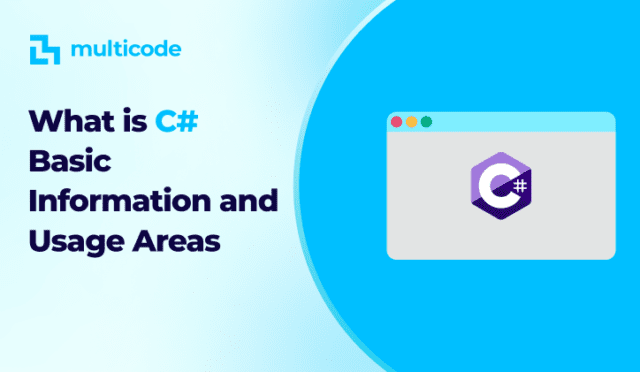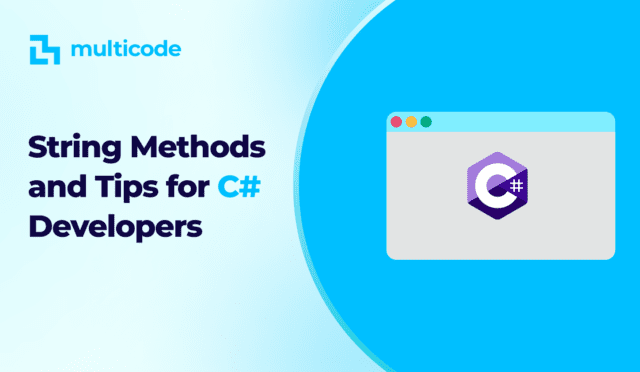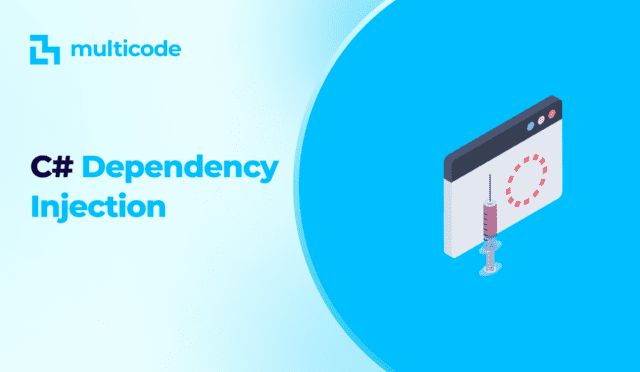Introduction
Object-Oriented Programming (OOP) stands as one of the fundamental pillars of modern software development. In this article, we’ll delve into the core concepts of OOP, emphasizing its implementation using the robust C# programming language.
1. Classes and Objects
At the heart of OOP lies the concept of a “class”. Classes define the structures that represent objects. For instance, a “Car” class would define the attributes (brand, model, speed) and behaviors (accelerate, brake) of a vehicle. Instances derived from a class are referred to as “objects”.
2. Inheritance
Inheritance allows one class to inherit the attributes and behaviors of another. This significantly enhances code reusability. For example, a “Sports Car” class can be derived from the “Car” class, adding specific behaviors and attributes unique to sports cars.
3. Polymorphism
Polymorphism enables methods with the same name to perform different tasks in different classes. This fosters program flexibility and extensibility, crucial aspects of modern software development.
4. Abstract Classes and Interfaces
Abstract classes lay down the foundational structures for other classes and often include non-concrete methods. Interfaces, on the other hand, define a specific set of behaviors.
Implementing OOP(Object Oriented Programming) with C#
public class Car
{
// Properties
public string Brand { get; set; }
public string Model { get; set; }
public int Speed { get; set; }
// Methods
public void Accelerate(int increase)
{
Speed += increase;
}
public void Brake(int decrease)
{
Speed -= decrease;
}
}This class, named “Car”, defines the properties and behaviors of a car object. For instance, the “Accelerate” method increases the car’s speed.
Conclusion:
Object-Oriented Programming is a cornerstone of modern software development. Languages like C# support this approach, providing developers with the ability to write modular, comprehensible, and sustainable code. This article has explored the fundamental concepts of OOP and how they are implemented using C#. Armed with this knowledge, you can craft more efficient and well-structured code.
What are Classes and Objects in Object-Oriented Programming (OOP)?
Classes form the foundational concept of OOP. They define the structures that represent objects. For instance, a “Car” class defines the attributes (brand, model, speed) and behaviors (accelerate, brake) of a vehicle. Instances derived from a class are referred to as “objects”.
What is Inheritance in OOP, and How Does It Enhance Code Reusability?
Inheritance in OOP allows one class to inherit the attributes and behaviors of another. This significantly enhances code reusability. For example, a “Sports Car” class can be derived from the “Car” class, adding specific behaviors and attributes unique to sports cars.
What is Polymorphism in Object-Oriented Programming?
Polymorphism allows methods with the same name to perform different tasks in different classes. This fosters program flexibility and extensibility, crucial aspects of modern software development.
How Do Abstract Classes and Interfaces Contribute to OOP?
Abstract classes lay down the foundational structures for other classes and often include non-concrete methods. Interfaces, on the other hand, define a specific set of behaviors.
How Does C# Support Object-Oriented Programming?
C# is a powerful programming language that strongly supports object-oriented programming. It provides features like classes, inheritance, polymorphism, abstract classes, and interfaces to facilitate OOP principles.
Why is Object-Oriented Programming Essential in Modern Software Development?
Object-Oriented Programming provides a modular, comprehensible, and sustainable approach to writing code. It allows for better organization, reusability, and maintenance of software, making it a fundamental paradigm in modern development practices.
